Aston Martin DBX S Review: Marginal Gains
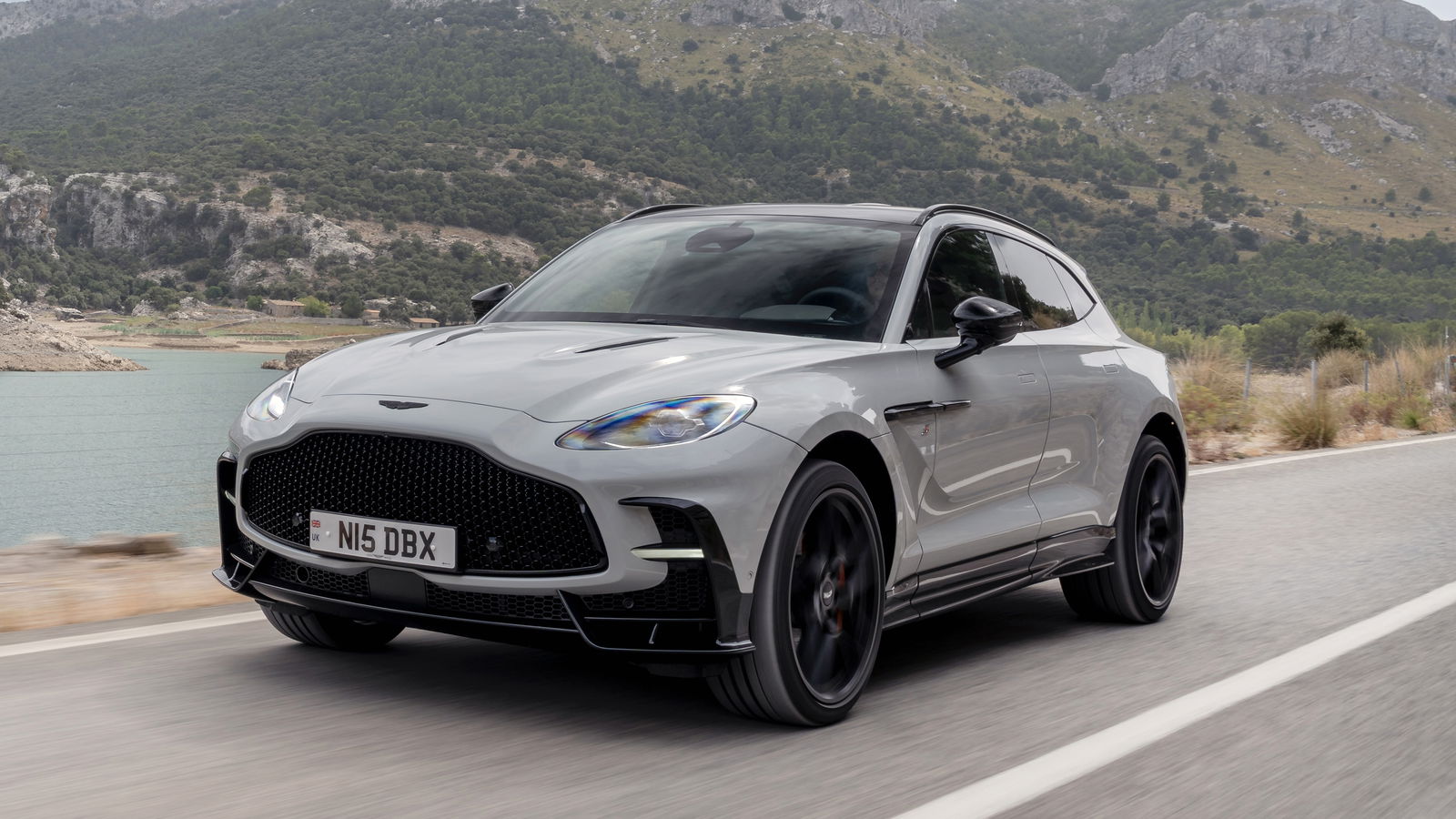
Pros
- Even more impressive to drive than the 707Updated interior is still brilliant
Cons
- You have to really pay attention to notice the changesMost of the lightweight bits are options
Most people would probably look at the Aston Martin DBX707, see its 697bhp, its 3.3-second 0-62mph time, its 193mph top speed, and its astonishing agility and athleticism for something so massive, and think to themselves, ‘yeah, that’s enough’. ‘Enough’, though, isn’t really a word the sort of people buying Aston Martin SUVs understand. Enter, then, the DBX S.
The ‘S’ doesn’t stand for anything in particular, but it’s a badge that Aston’s used off and on over the years to signify slightly harder, faster, more knuckled-down versions of its cars. In the DBX S, the big change is that the 4.0-litre Mercedes-AMG-sourced twin-turbo V8 has been treated to the same design of turbochargers as the upcoming Valhalla supercar.
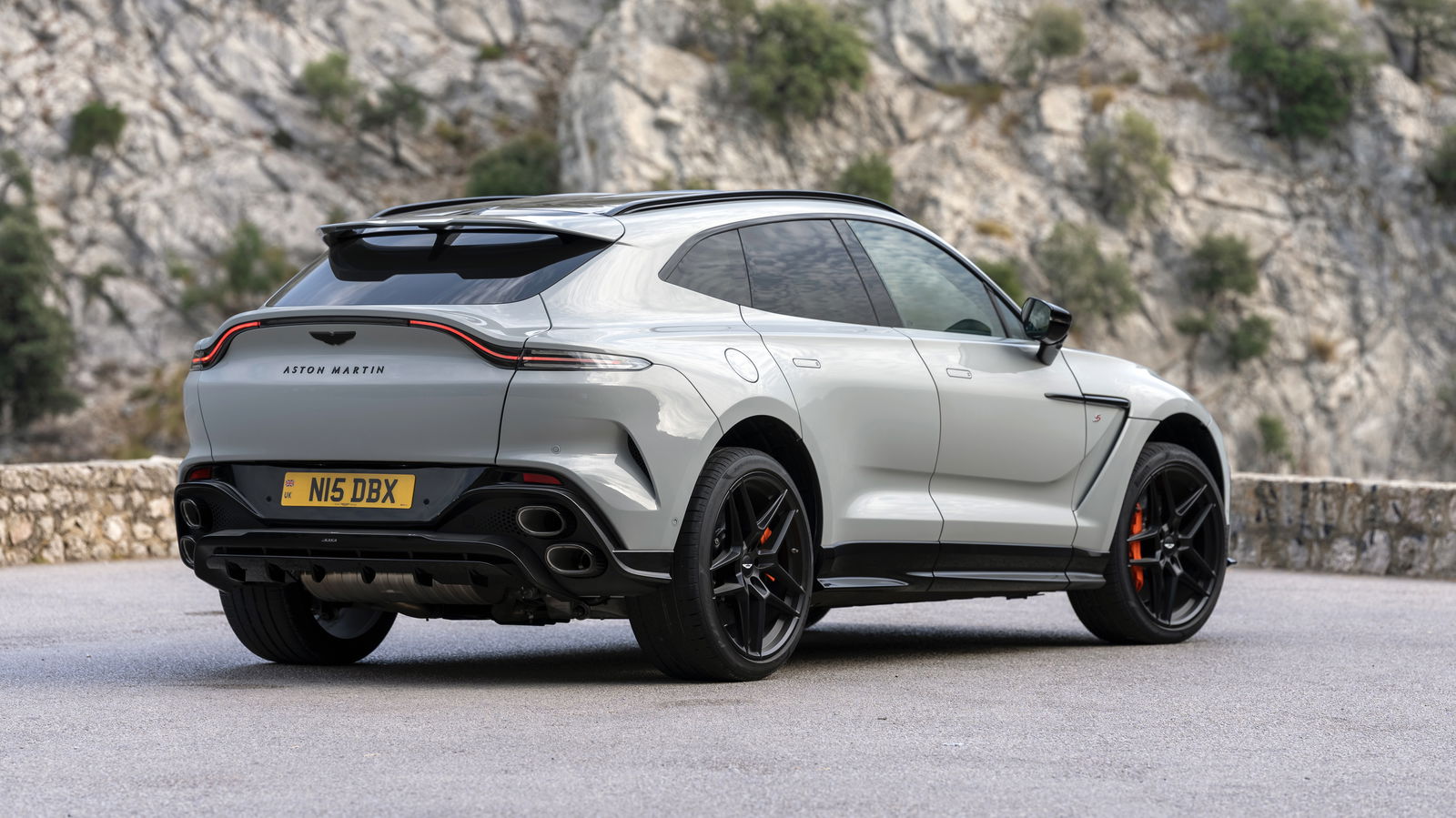
That sees torque stay the same at 663lb ft, but power jumps 20bhp to 717bhp, in the process unseating the Ferrari Purosangue as the most powerful pure-combustion SUV on sale. Elsewhere, the steering rack has been quickened up, the exhaust has been reworked, and the nine-speed auto has been fettled to fire out more aggressive shifts in Sport and Sport+ mode.
Finally, there’s a host of lightweight bits available, including a carbon fibre roof, polycarbonate front grille and some gargantuan 23-inch magnesium wheels. Tick all the boxes, and you’ll cut 47kg from the weight of a DBX707. Seems negligible on a car that weighs 2245kg to begin with, but lots of the weight loss is at least where it matters – the carbon roof drops the centre of gravity, and the wheels knock out 19kg of unsprung weight.
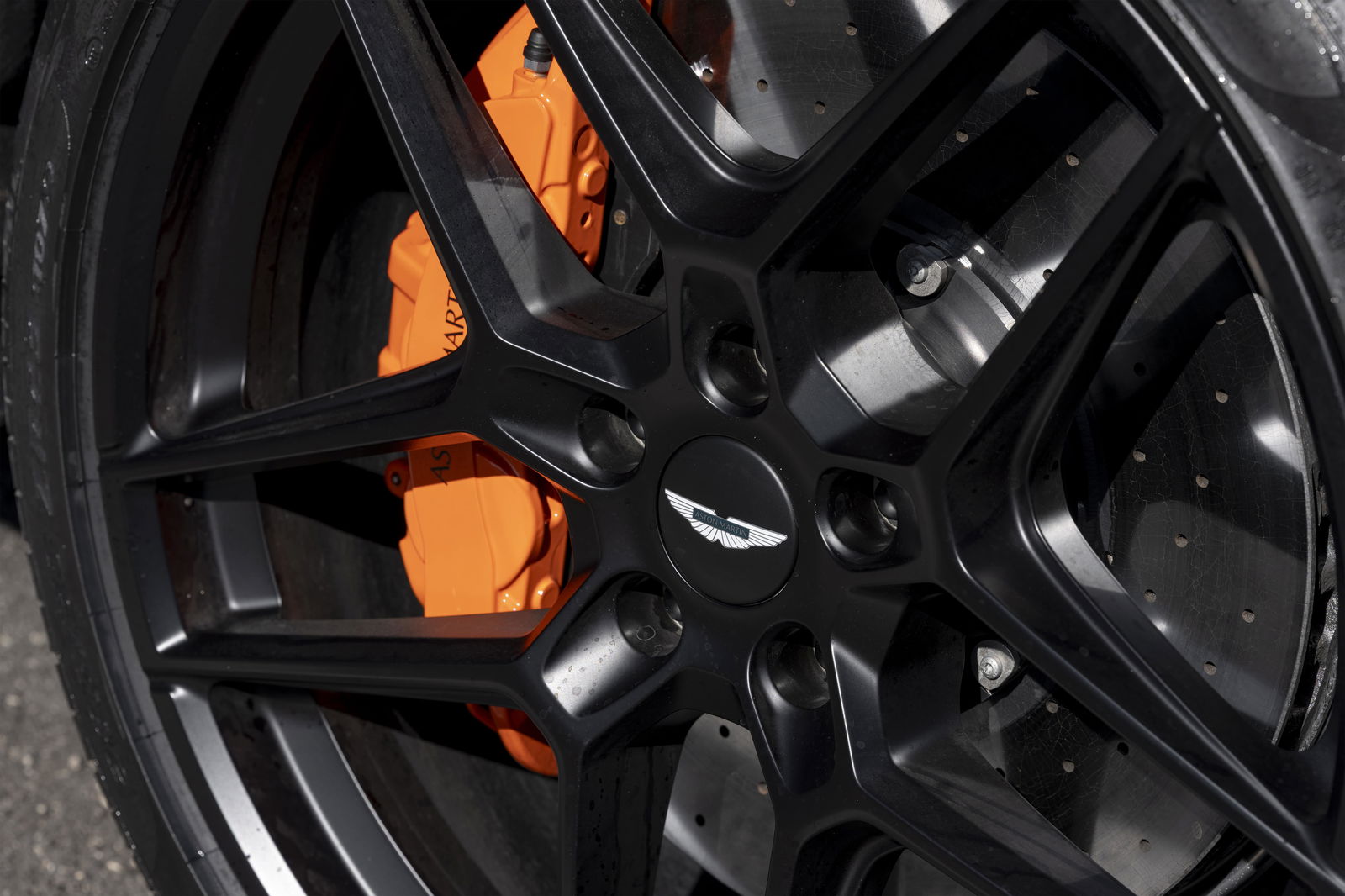
The results of all these changes are performance figures that are… basically identical to the 707. 0-62mph and top speed are unchanged, at 3.3 seconds and 193mph respectively, but the S will do the, erm, all-important 0-124mph sprint three tenths quicker, at 7.2 seconds.
The S starts at £210,000, around £5000 more than a 707, and you're going to have to fork out even more to get all those lightweight goodies. So if the extra outlay doesn’t net you any real-world performance gains, it’d better buy you a noticeably improved driving experience.
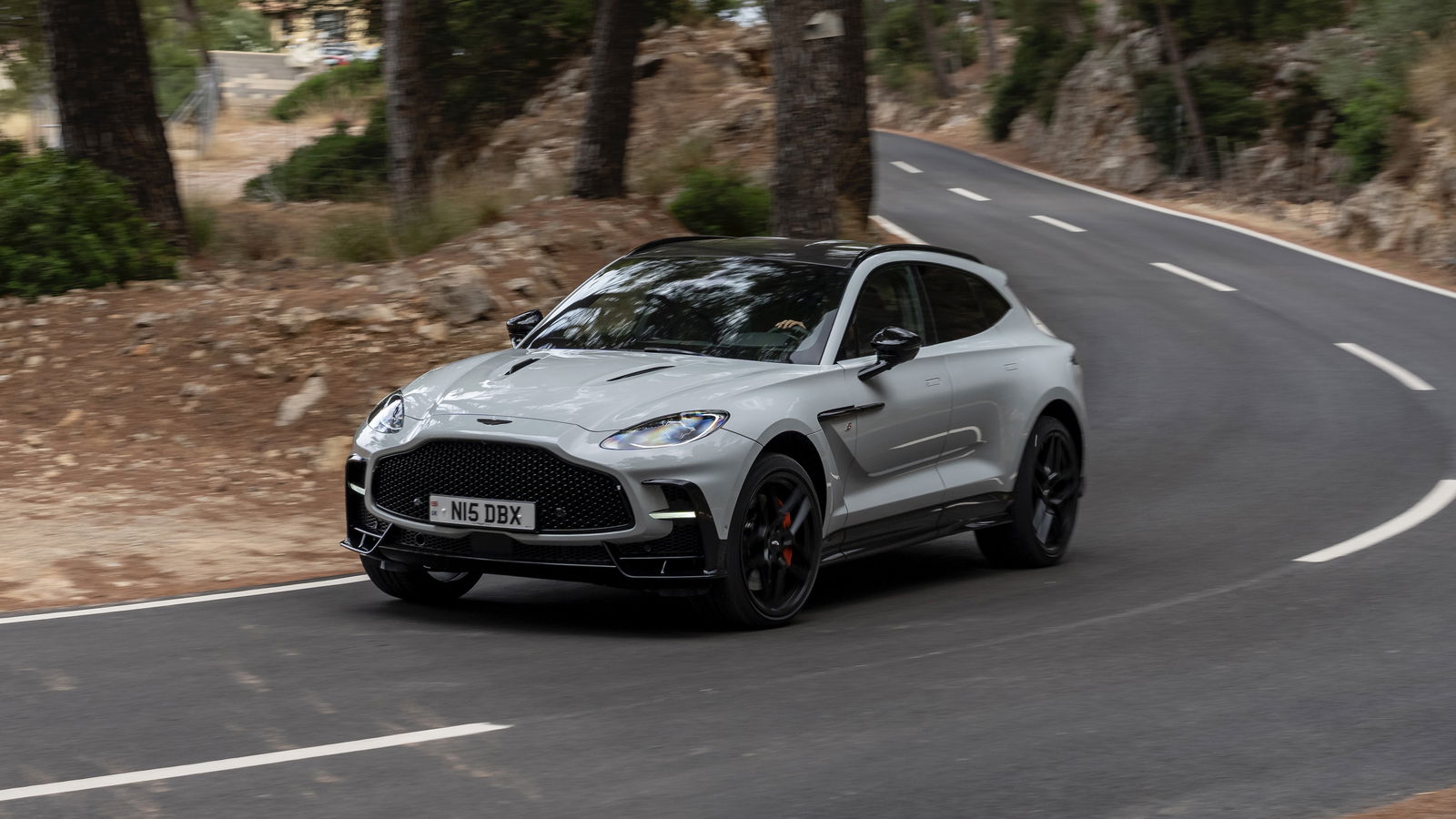
The good news is that it does. Just. In particular, the quickened-up steering makes a tangible difference, giving you the ability to flick the S into tight corners more aggressively, at which point the car is able to hook up all four wheels and fire out the other side with ludicrous levels of grip and agility for such a big bruiser. The combination of triple-chamber air suspension and adaptive Bilstein DTX dampers keeps it flatter than it has any right to be, too. It really does feel like something half its size and weight, and the nice amounts of feedback you get through the wheel make it a real tactile joy to hustle down a good road.
I’m sure the weight loss is making some small difference here too, but you’d really need to drive it back-to-back with a 707 to tell. It’s mostly the steering that feels like the biggest improvement, although the sharpened-up gearbox also helps. Shifts are crisp, fast and ferocious up at the top of the rev range, and you have some lovely big paddles with which to deploy them.
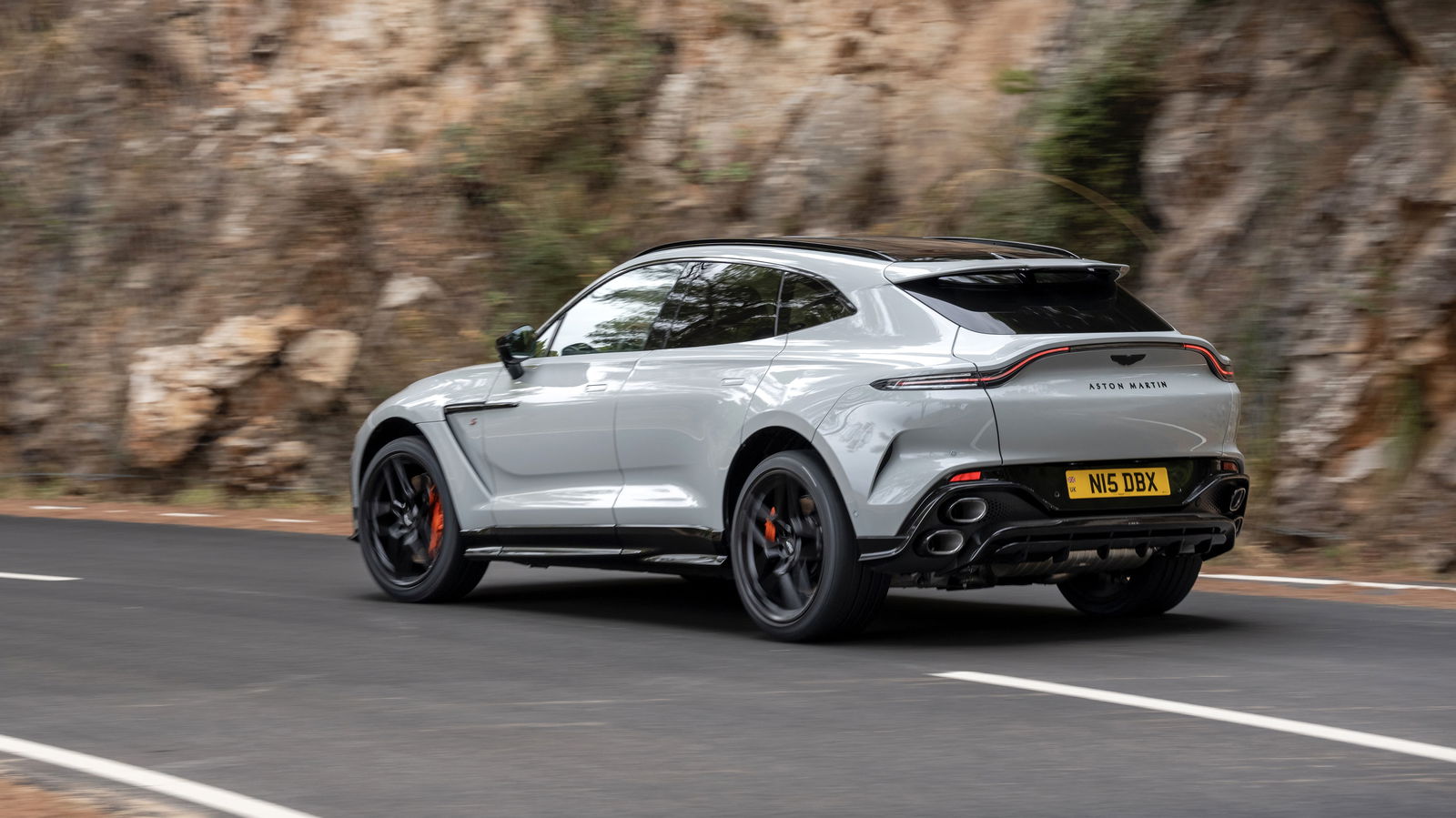
Otherwise, though, it’s hard to feel much difference between the 707 and S. That’s no bad thing – the engine remains an absolute corker, hugely responsive and with vast, broad reserves of power. It’s got comfortably one of the best soundtracks among new cars, too, rich, thunderous and somehow skirting the regulations that have made lots of other V8s so muted nowadays.
Huge carbon ceramic brakes – 420mm at the front, 390mm at the rear – help keep 2.2 tonnes of speeding giga-Aston in check with their ferocious bite and refusal to fade, the final piece in a puzzle entitled ‘How to make a gigantic SUV defy physics and feel like a leather-clad rally car on stilts’.
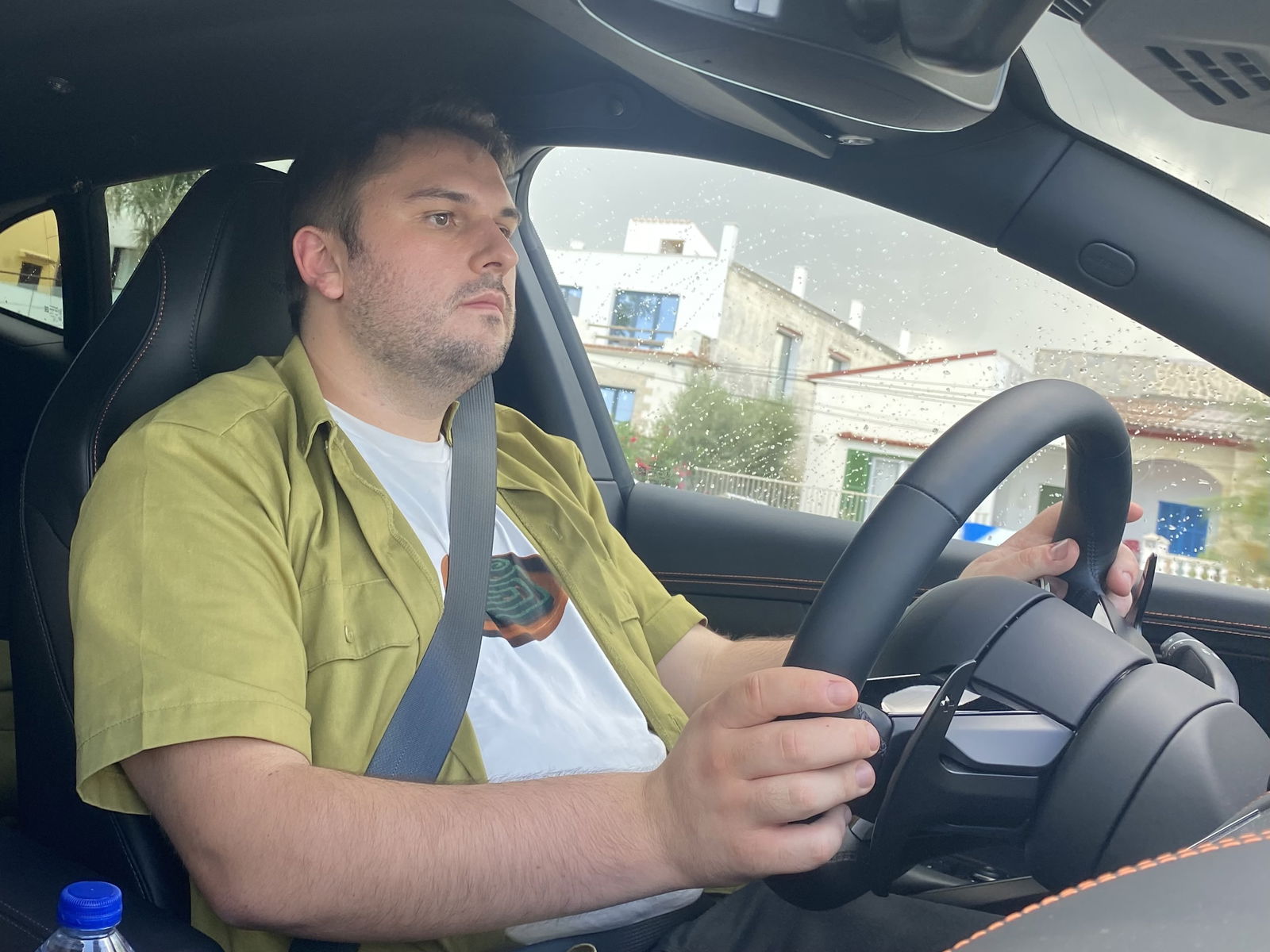
In fact, it remains a broadly talented car in the slightly annoying way these massive performance SUVs often are. I want to dislike them so much because they basically fly in the face of what I think a performance car should be, but then I experience the way they can hammer down a B-road like a roided-up hot hatch before settling down for a quiet, spacious and comfortable cruise and I just… can’t.
The DBX S is particularly impressive/irritating in this regard. Flick it back into GT mode, and it becomes a relaxing, understressed cruiser. The air suspension helps cancel out the enormity of the wheels and the low-profile rubber, making it very comfy to waft down a motorway in. (Then again, our test took place on the super-smooth roads of Mallorca – maybe some rubbish British tarmac would reveal some flaws.)
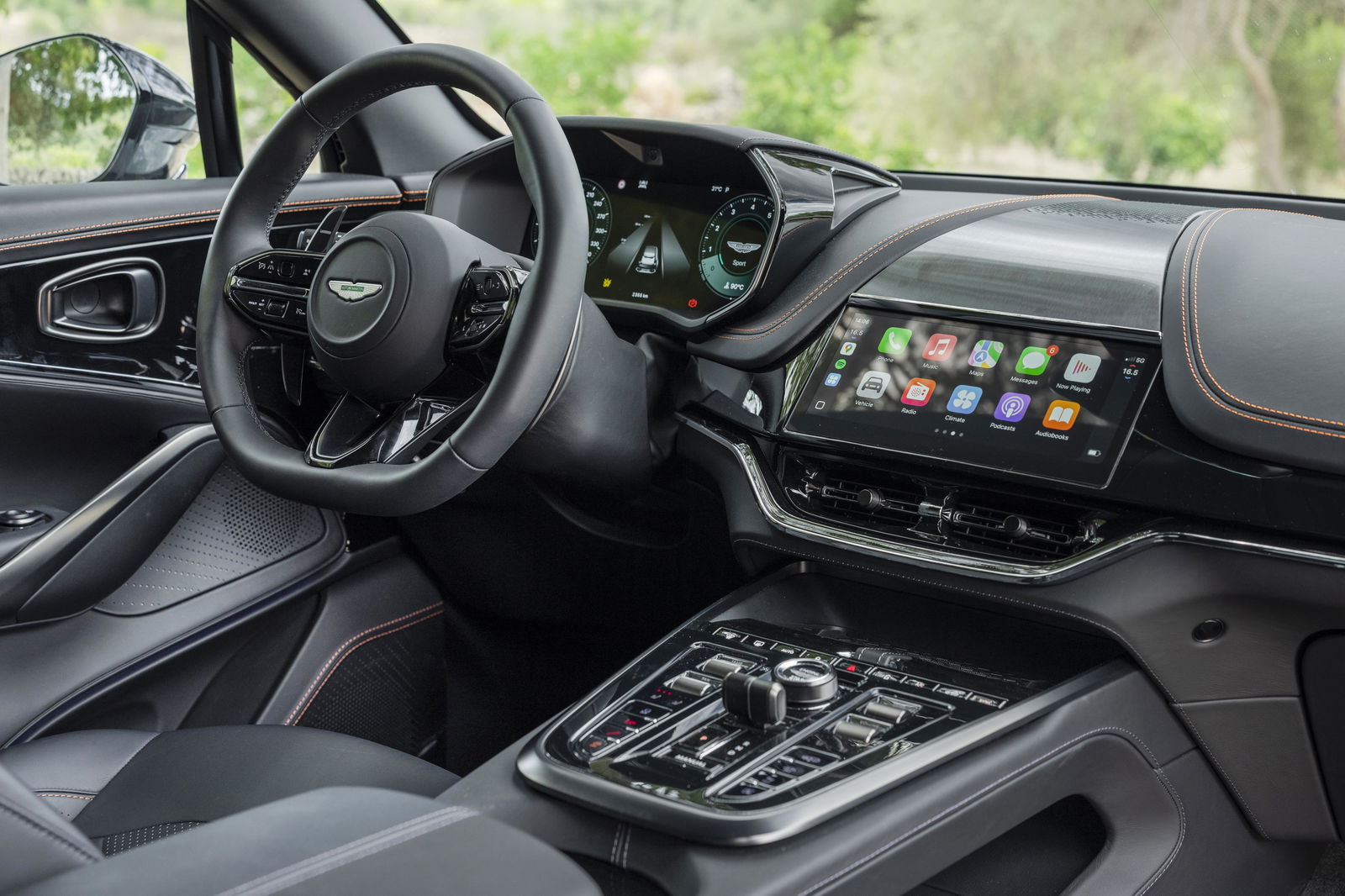
We won’t dwell too much on the interior, because we’ve already sampled it in the DBX707 – we’ll just reiterate that, with the car’s update last year, the reworked cabin went from being an outdated embarrassment to one of the best in its class. Not only is it sensibly laid out with plenty of proper buttons and scroll wheels, but all the touchpoints feel utterly gorgeous. I could live without the brushed aluminium on the dash, though – not only does it pick up fingerprints horribly, but get the sun behind you and the glare is alarming.
The S was also our first chance to have a play with Apple’s upgraded CarPlay Ultra, making its debut in Aston’s range. It’s… fine? We’re not sure who was asking for Apple-based graphics in the instrument cluster, but the ability to adjust things like climate settings via CarPlay will certainly be welcome in cars where that otherwise interrupts your phone mirroring (looking at you, basically every modern VW Group product). We did, however, experience some lag when running Google Maps, which we’ll put down to being a teething issue.
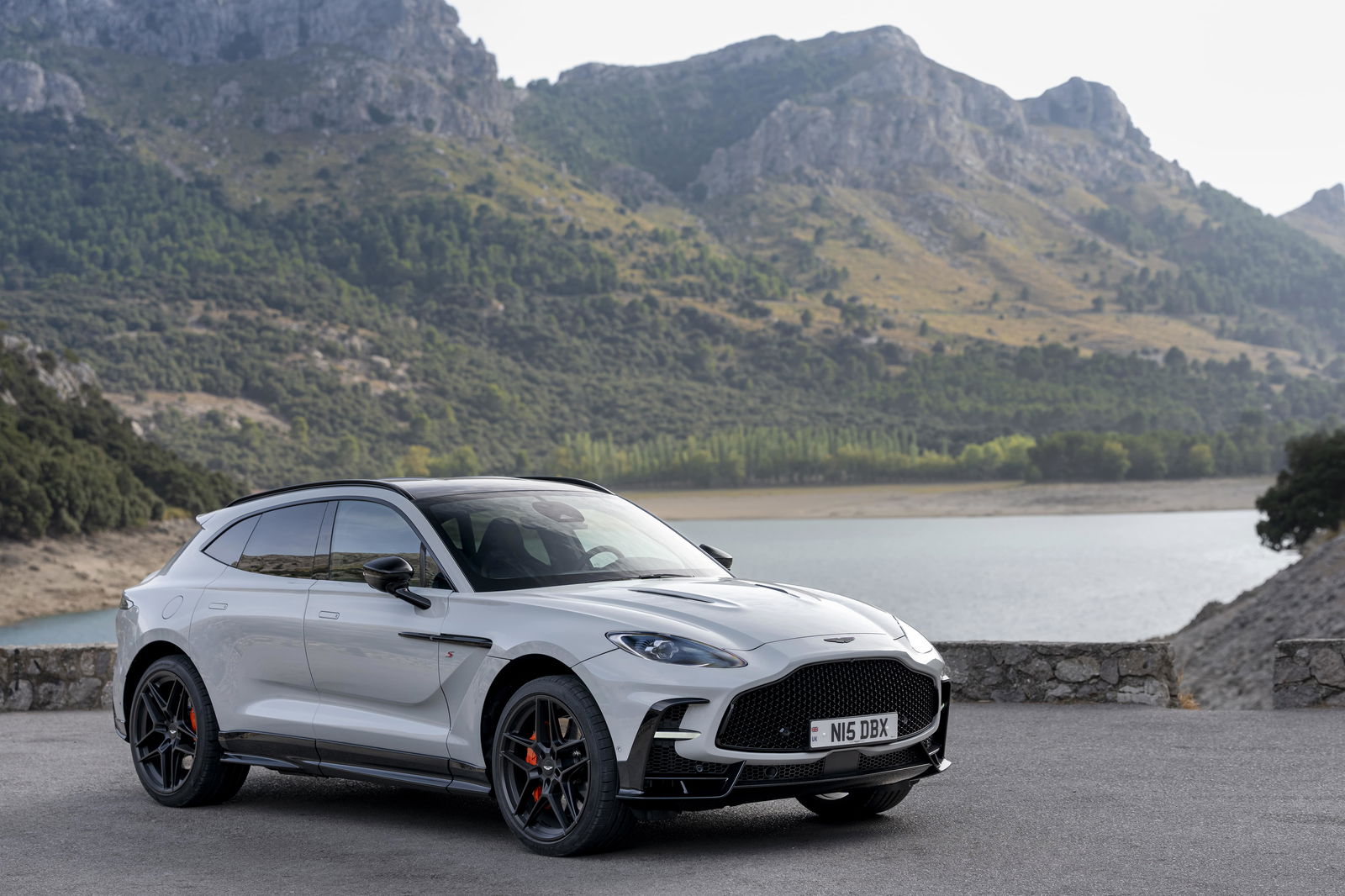
Our big question coming into the DBX S was ‘Is it worth however much extra it’ll cost over the 707?’ The answer, honestly, is not really. Are there tangible differences? Yes, but you’d have to drive it back-to-back with the 707 – already a mightily impressive car – to really feel them.
That’s looking at things from a rational point of view, though, and when have the buyers of gigantic £210k V8-powered hyper-SUVs ever been rational? They just want the most brag-worthy stats, and the S certainly delivers in that regard. Frankly, it’s not an upgrade anyone needs to make from the 707, but we have no doubt that plenty of people will.
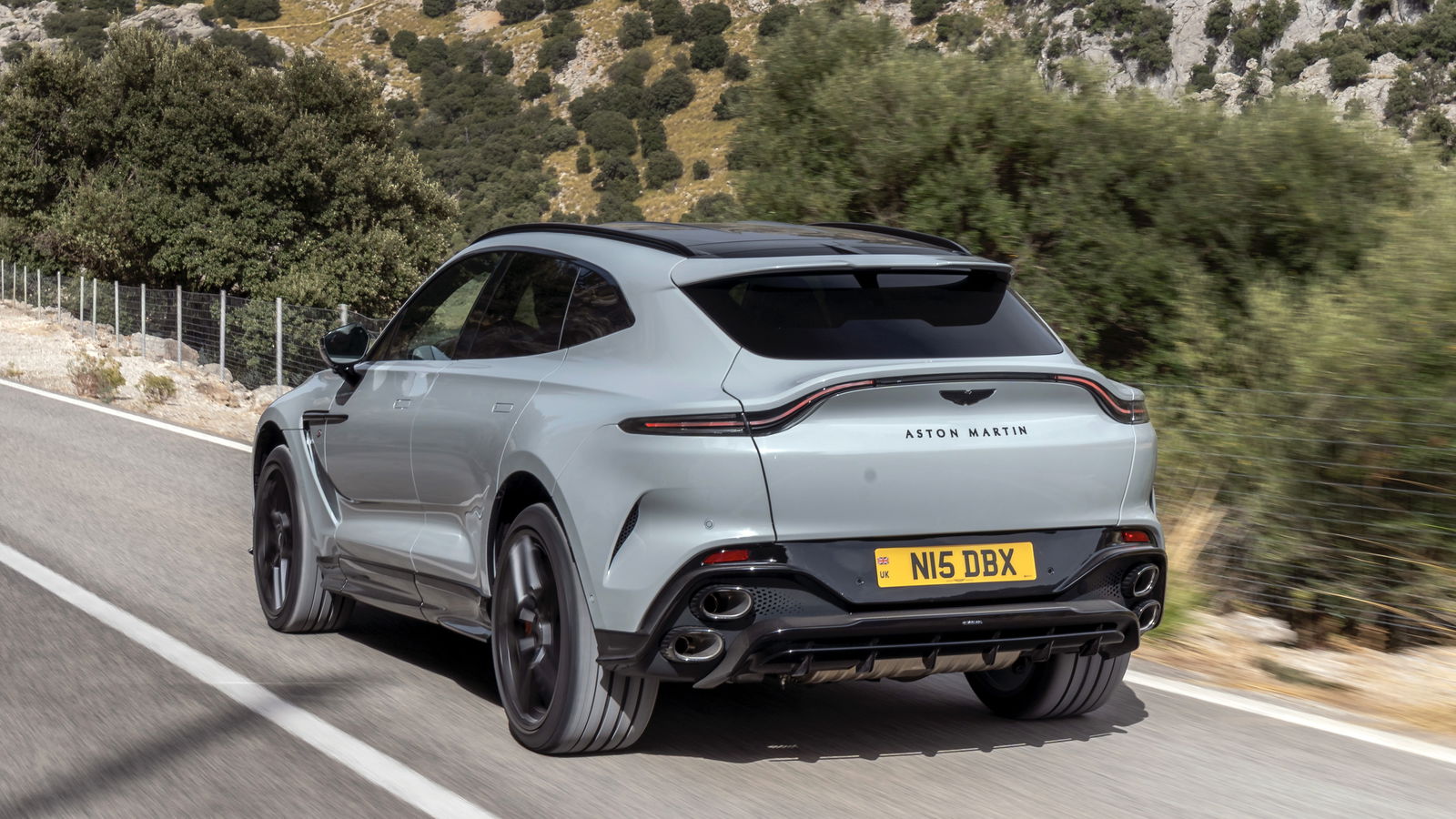
When the 707 arrived in 2022, it immediately started gobbling up sales of the standard 542bhp DBX, to the point that it soon became the sole version available. The S is nowhere near that big of a step change again, but while Aston says the two models will co-exist for the time being, it wouldn’t surprise us one bit if it the S eventually does to the 707 what that car did to the original.
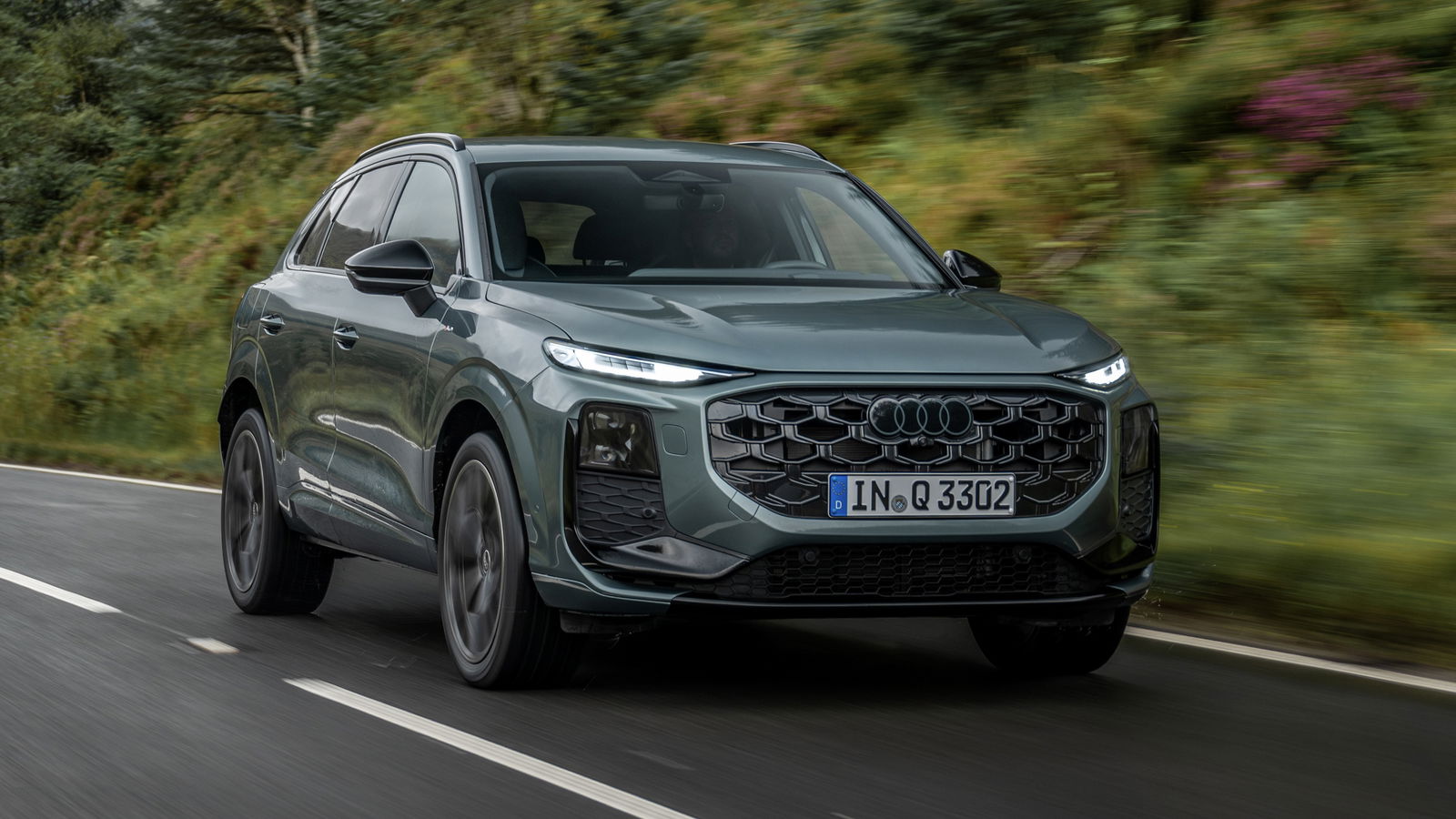
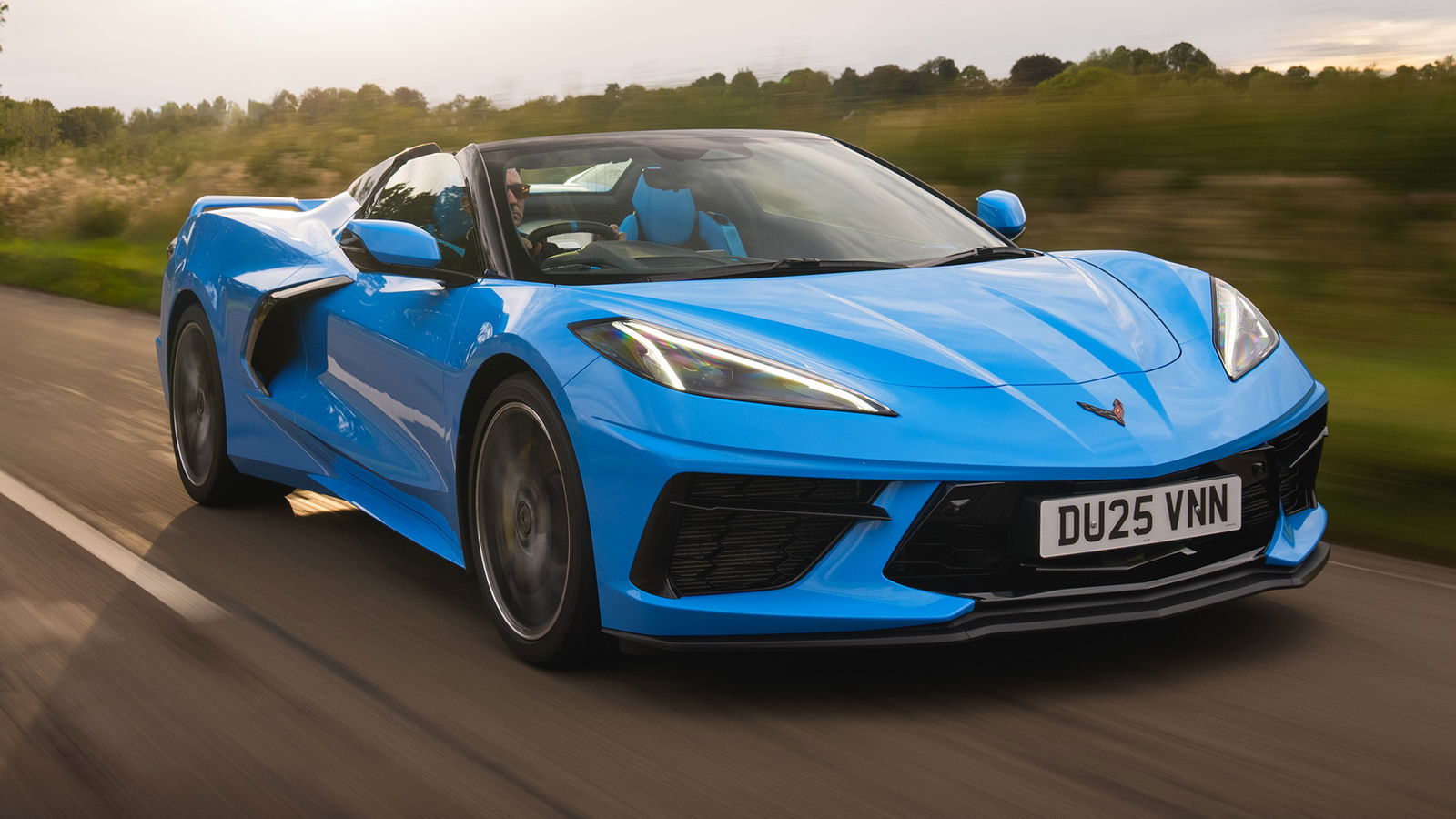








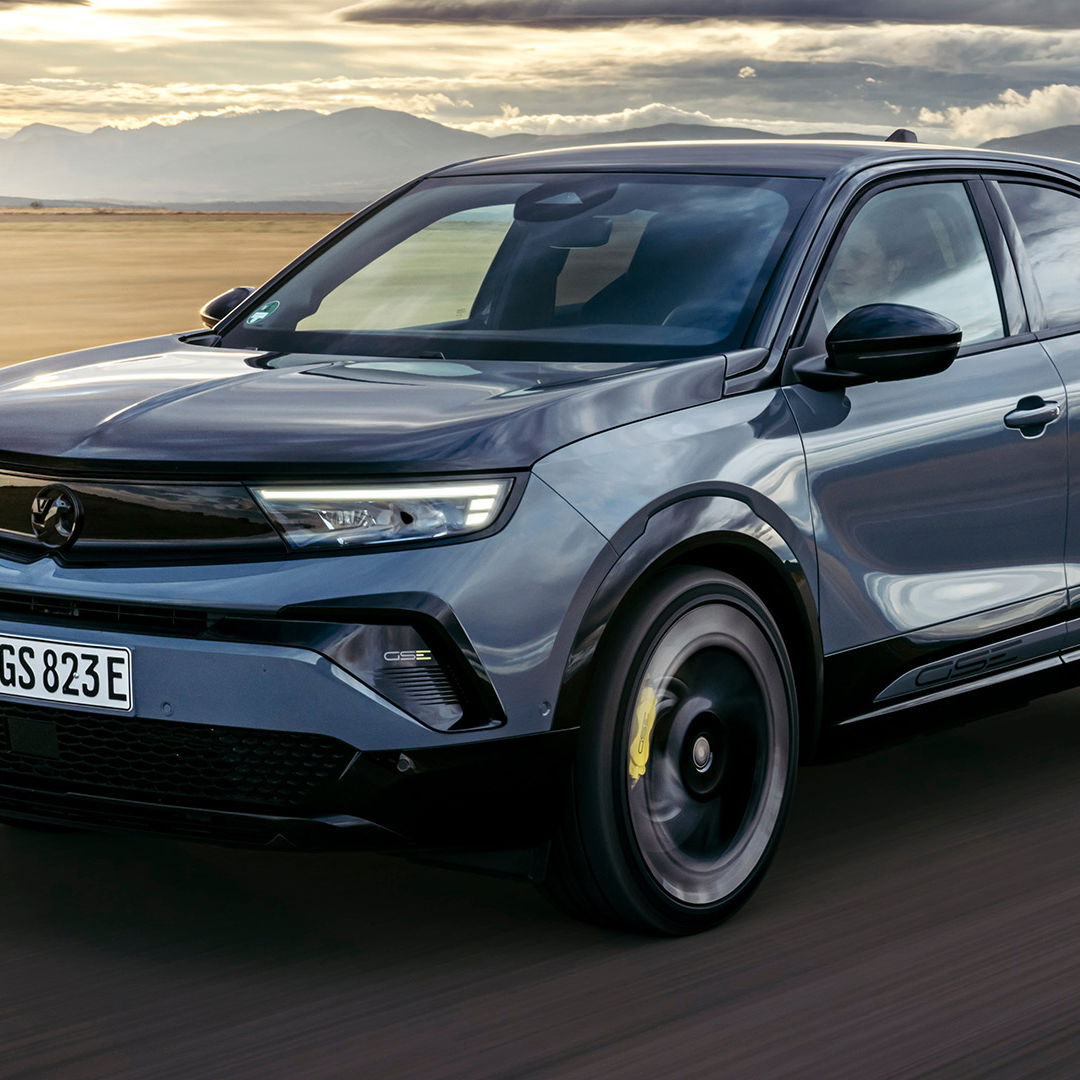
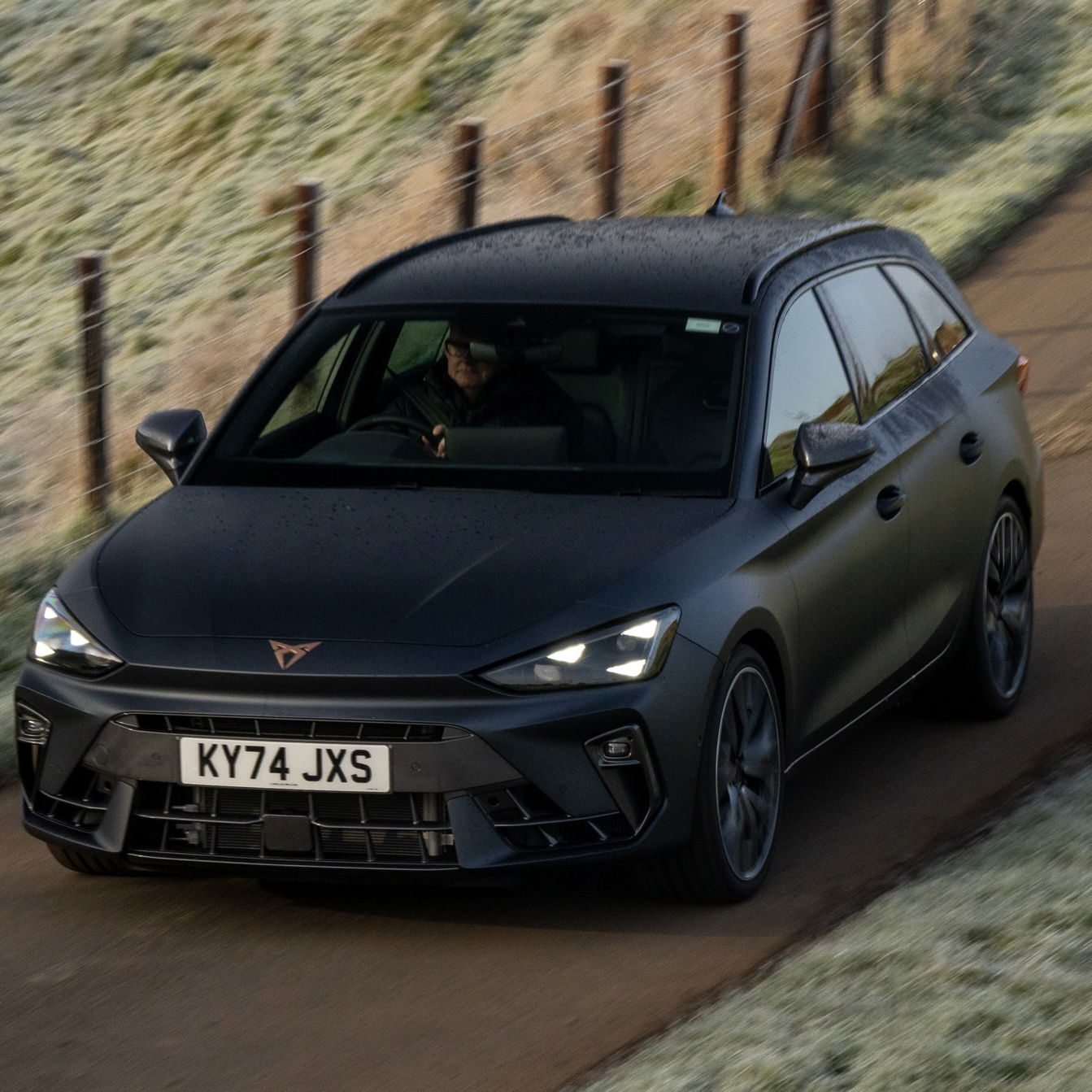
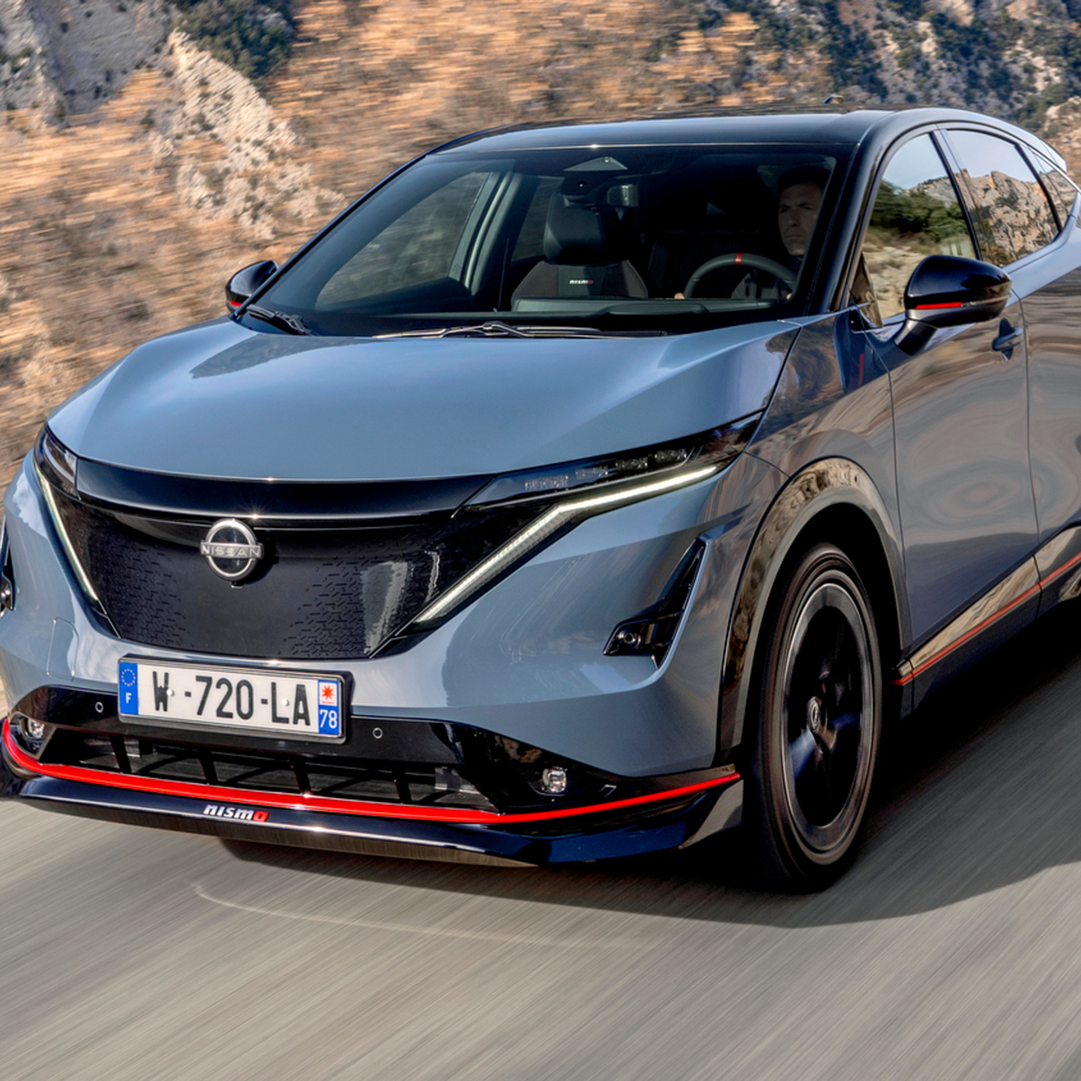
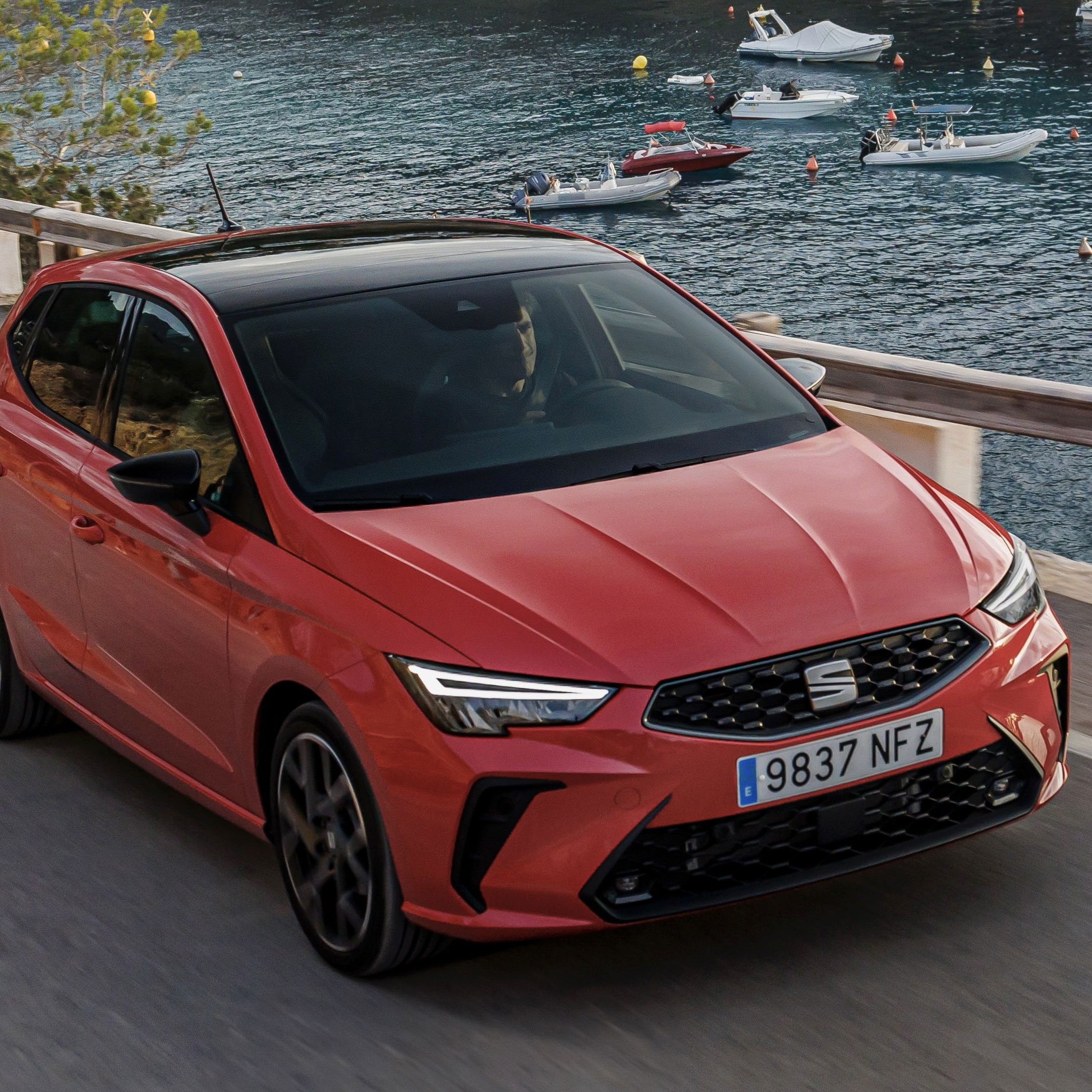

Comments